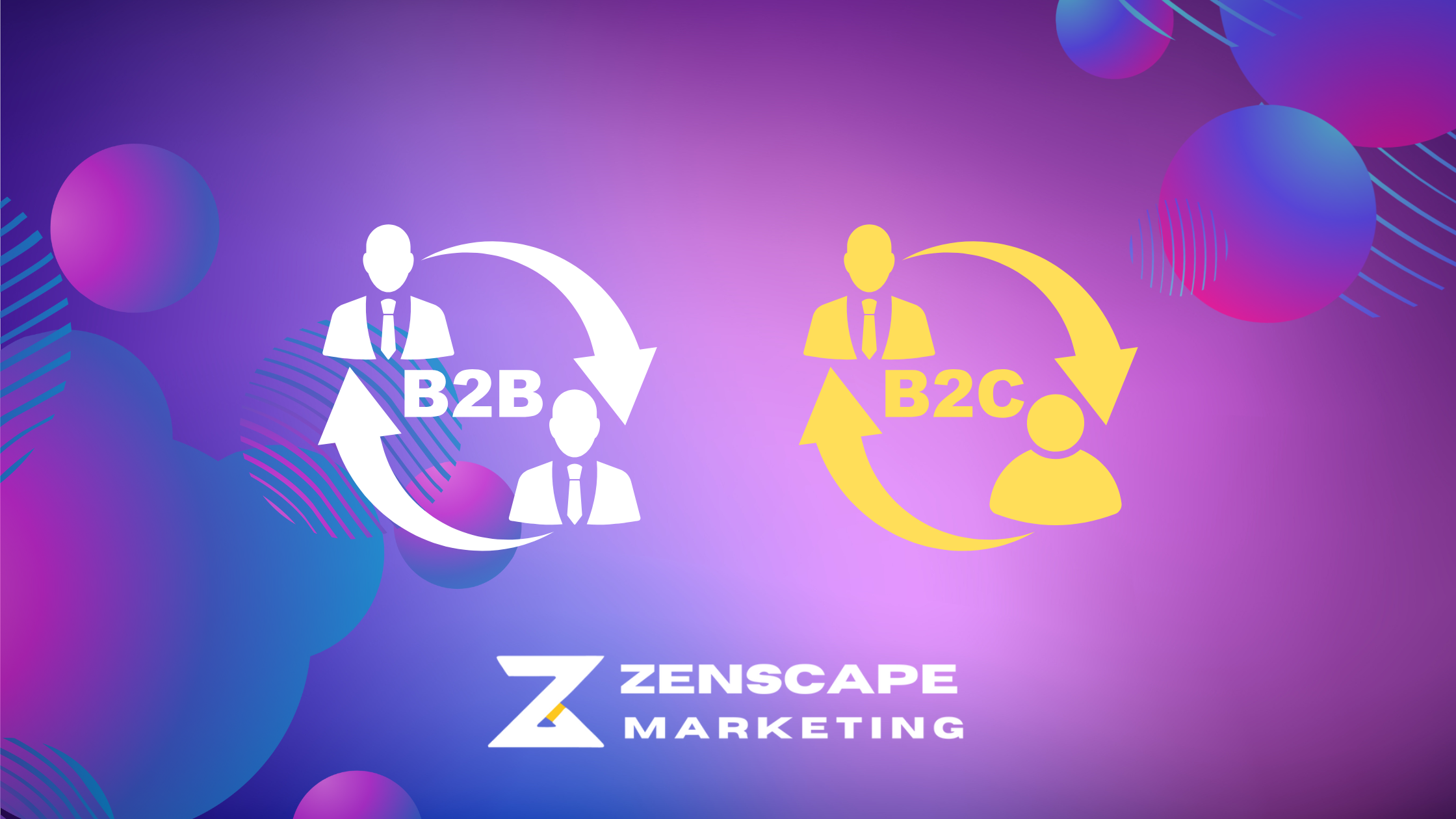Mastering B2B2C Marketing for Revenue Growth
In the modern digital ecosystem, businesses are exploring innovative models to expand their audience reach and increase revenue. One such strategy, B2B2C (Business-to-Business-to-Consumer) marketing, serves as a bridge between companies and end consumers via an intermediary business. This model has not only stood the test of time but has evolved as a pivotal approach for organizations aiming to leverage revenue growth.
Understanding the Dynamics of B2B2C Marketing
To excel in B2B2C marketing, one must first grasp its core dynamics. It entails three crucial partnerships:
- B2B Interaction: Building productive relationships with partners or distributors who will sell or promote your offerings.
- B2C Communication: Engaging with end consumers to nurture brand loyalty and drive sales through seamless customer interactions.
- Collaborative Growth: Aligning goals and strategies with partners to foster mutual and sustainable business growth.
The success of this model relies on effective communication and partnership alignment across all parties involved. Understanding the needs and objectives of each stakeholder is paramount to crafting a coherent strategy that delivers mutual benefits.
Strategies for B2B2C Revenue Growth
1. Optimize Your Sales Channel
Synchronizing sales channels is critical for B2B2C marketing. By ensuring that your B2B partners are effectively reaching and influencing consumer decisions, you enhance your opportunity for revenue growth. Here are some key steps:
- Identify Channel Partners: Choose partners that align with your brand values and have a well-established presence in your target market.
- Provide Resources: Offer comprehensive training, marketing collateral, and support materials to empower partners to sell effectively.
- Monitor Performance: Regularly assess the sales performance of partners to identify areas for improvement and growth.
- Incentivize Success: Implement incentive programs that encourage partners to achieve sales targets and increase engagement.
2. Enhance Consumer Engagement
While partners handle the sale of your product, your brand should remain actively engaged with the end consumer. Engaging consumers directly can increase brand loyalty and foster repeat sales. Consider the following tactics:
- Content Marketing: Produce valuable content that educates and informs your audience. This builds trust and positions your brand as an authority.
- Personalized Marketing: Utilize data analytics to deliver personalized messages that resonate with individual consumers’ preferences and needs.
- Customer Feedback: Actively seek and incorporate customer feedback to improve products and the overall customer experience.
- Loyalty Programs: Develop loyalty schemes that reward repeat customers and incentivize further purchases.
3. Leverage Technology and Analytics
Technology and data analytics have become indispensable in the modern marketing landscape. By harnessing these tools, businesses can gain deeper insights into consumer behavior and optimize their strategies accordingly:
- CRM Systems: Implement Customer Relationship Management systems to manage interactions with both B2B partners and end consumers efficiently.
- Data Analytics: Use analytics tools to track consumer behavior, sales trends, and engagement metrics to make data-driven decisions.
- Automation: Streamline marketing processes through automation, ensuring consistent communication and reducing manual errors.
- AI Integration: Employ artificial intelligence to predict consumer trends and personalize marketing messages at scale.
The Compound Growth Strategy
The compound growth strategy focuses on reinforcing multiple areas for comprehensive revenue growth. This multifaceted approach incorporates the following key components:
- Client Retention: Emphasize retaining existing customers through exceptional service and value provision, reducing churn rates.
- Sales Volume: Explore opportunities to increase the volume of sales through channel optimization and enhanced marketing efforts.
- Transaction Value: Encourage higher spending per transaction by highlighting premium offerings and upselling.
- Referral Systems: Implement referral programs that reward customers for referring new clients to your partner’s business.
This compound strategy creates a robust framework for sustainable growth, driving revenue through multiple avenues simultaneously and amplifying the impacts of B2B2C marketing tactics.
Conclusion
Mastering B2B2C marketing is crucial for businesses aiming to scale effectively and sustainably. By leveraging strong partnerships, enhancing consumer engagement, and utilizing cutting-edge technology, your brand can navigate the complex B2B2C landscape successfully. Given the competitive market environment, adopting a holistic approach that prioritizes long-term relationships and value-driven growth is imperative.
For businesses keen on growing their revenue through strategic B2B2C marketing, we offer a comprehensive consultation to formulate bespoke solutions that align with your company’s specific needs and objectives. Schedule a free consultation with one of our specialists today.
“`


